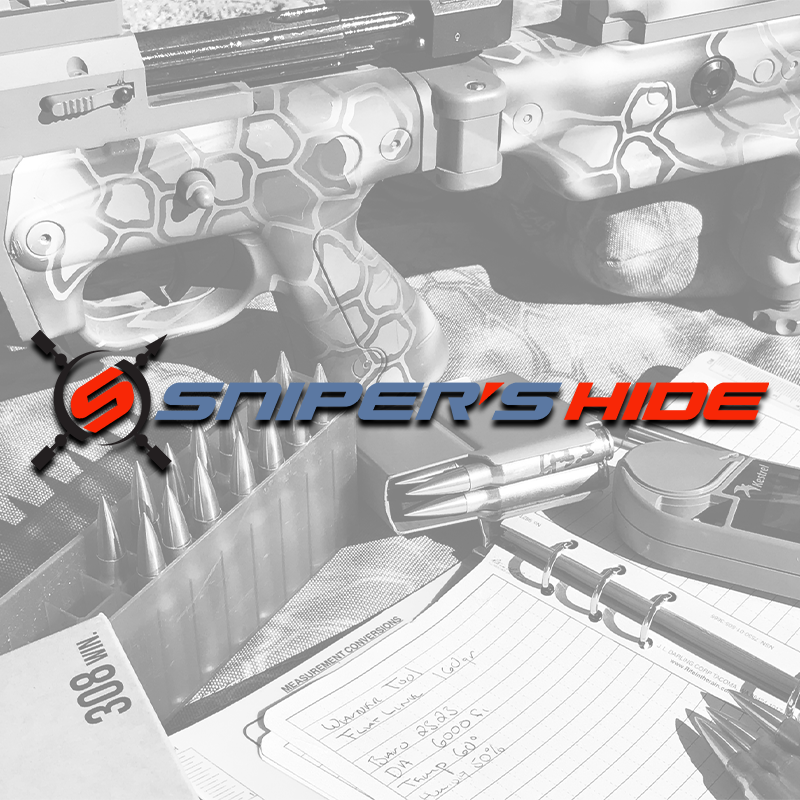I am always looking for a decrease in time and increase in consistency/precision when it comes to “work” in the gun room, and leveling scopes seem to have some room for improvement.
My general method is that I level my rifle on a bench (backyard range), then put scope in mount and level that to a plumb line while doing my best to make sure the rifle is also level. I feel like this leaves some room for error. I do feel better about it now that I have a send it level on my mounts, as it seems to be more precise than a bubble level.
A few issues I have seen: Hard to find a spot on a gun to put a level, scope caps are not always level to scope etc.
I bought one of the Arisaka wedge kits, but its typically useless as almost all of my scopes are in mounts that don’t have clearance or work with a tool like this.
My research has lead me to the SAP Final Scope Level and the Badger Dead Level.
Do you have one or either? What do you like or not like about it?
______________________
TLDR: Is a SAP Scope Level or Badger Dead Level worth buying?
My general method is that I level my rifle on a bench (backyard range), then put scope in mount and level that to a plumb line while doing my best to make sure the rifle is also level. I feel like this leaves some room for error. I do feel better about it now that I have a send it level on my mounts, as it seems to be more precise than a bubble level.
A few issues I have seen: Hard to find a spot on a gun to put a level, scope caps are not always level to scope etc.
I bought one of the Arisaka wedge kits, but its typically useless as almost all of my scopes are in mounts that don’t have clearance or work with a tool like this.
My research has lead me to the SAP Final Scope Level and the Badger Dead Level.
Do you have one or either? What do you like or not like about it?
______________________
TLDR: Is a SAP Scope Level or Badger Dead Level worth buying?



